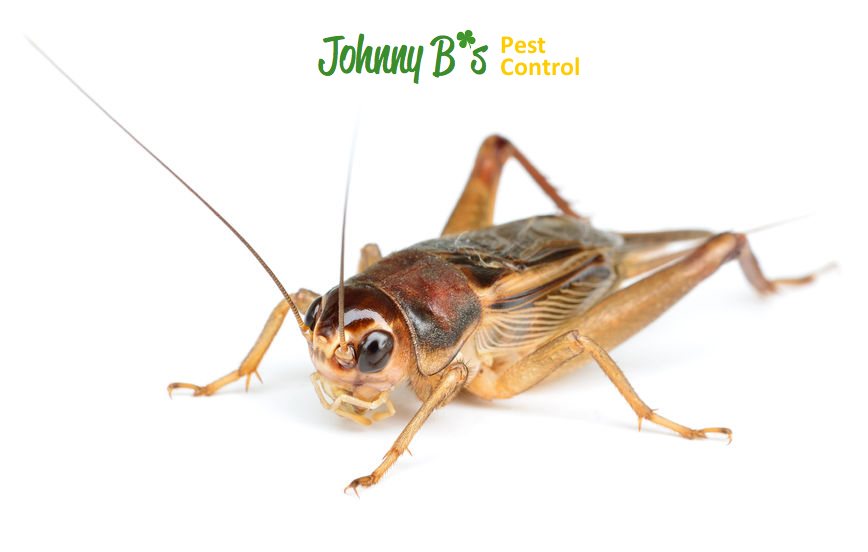Some of you may have seen pictures of the strange looking bug that has become a viral internet sensation. These bugs may appear somewhat strange for a cricket, but the bugs closely resemble everyday ants. Some people have claimed that this bug resembles a human with its tan-colored exterior and similarly shaped head. This large-jawed insect is commonly referred to as a “potato bug” because it is a pest to potato crops.
There are actually two different insects that are commonly referred to as “potato bugs”. The first type of potato bug is common in the southwest US and it is known as Stenopelmatus fuscus. This potato bug is most commonly referred to as a Jerusalem cricket despite being native to America and not Israel. The scientific name of the other potato bug is Leptinotarsa decemlineata, but it is more commonly referred to as a Colorado potato bug. Jerusalem bugs can be found in Arizona, New Mexico, California and northern Pacific states. This insects habitat spans a distance from British Columbia in Canada to Baja, Mexico. These insects live in underground burrows and are almost always found in damp locations. Many people are scared of the Jerusalem cricket on account of its relatively large size. However, the insect is largely harmless as it is not venomous. The insect can inflict painful bites onto victims.
The colorado potato bug looks nothing like the Jerusalem cricket. Actually this bug looks more like a classic beetle. These bugs are vibrantly decorated with stripes and, unlike the Jerusalem cricket, the Colorado potato bug is able to fly. Colorado potato bugs hibernate during the winter. These bugs burrow deep beneath the surface of the ground where they remain during the winter months. Once spring arrives these bugs plant their eggs underneath plant leaves. The Colorado potato bug has a greater appetite for potatoes than the Jerusalem cricket, but the Colorado potato bug can eat a wide variety of crop vegetables.
Have you ever spotted an insect pest actively damaging a plant within a vegetable or fruit crop?

